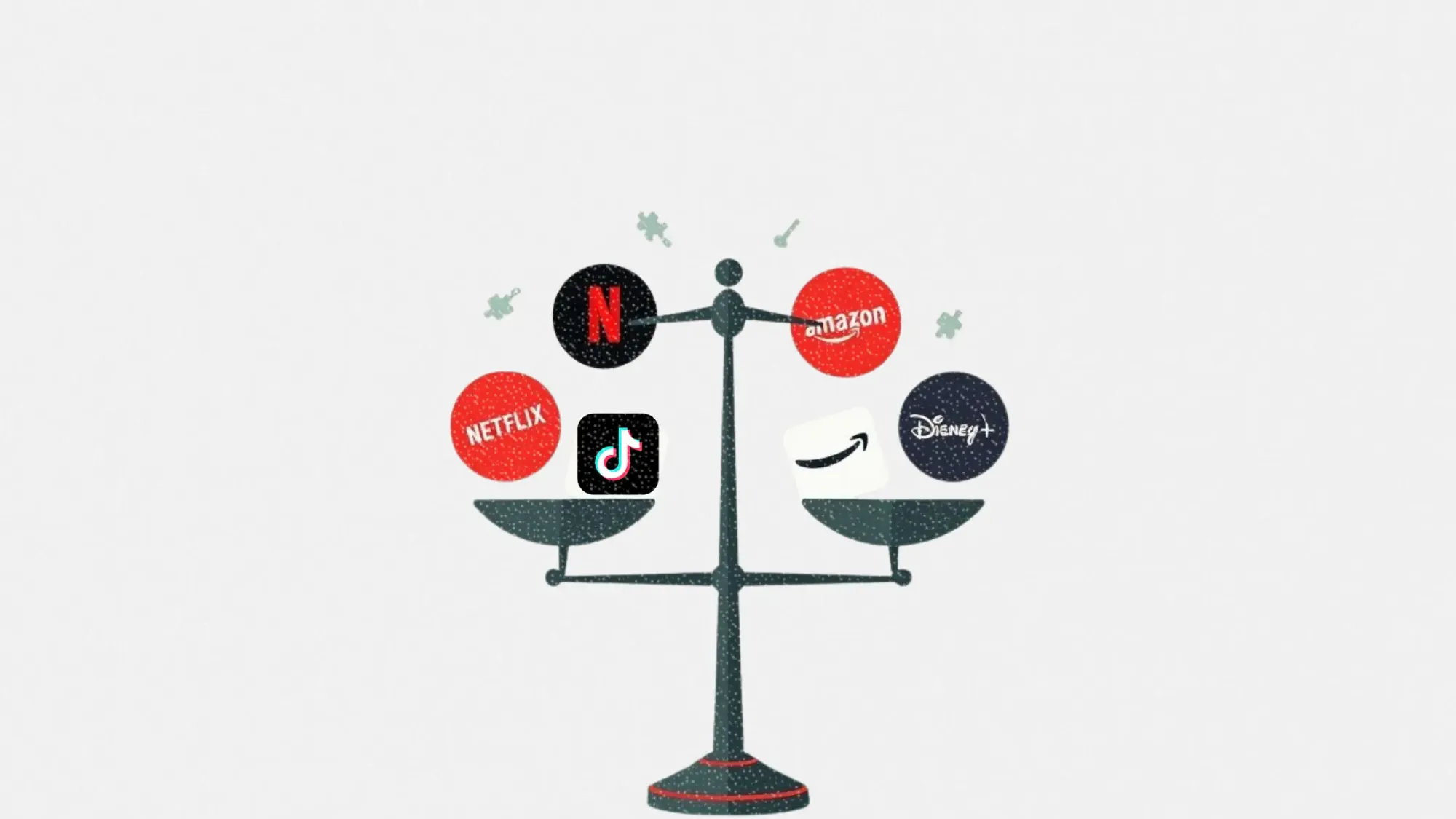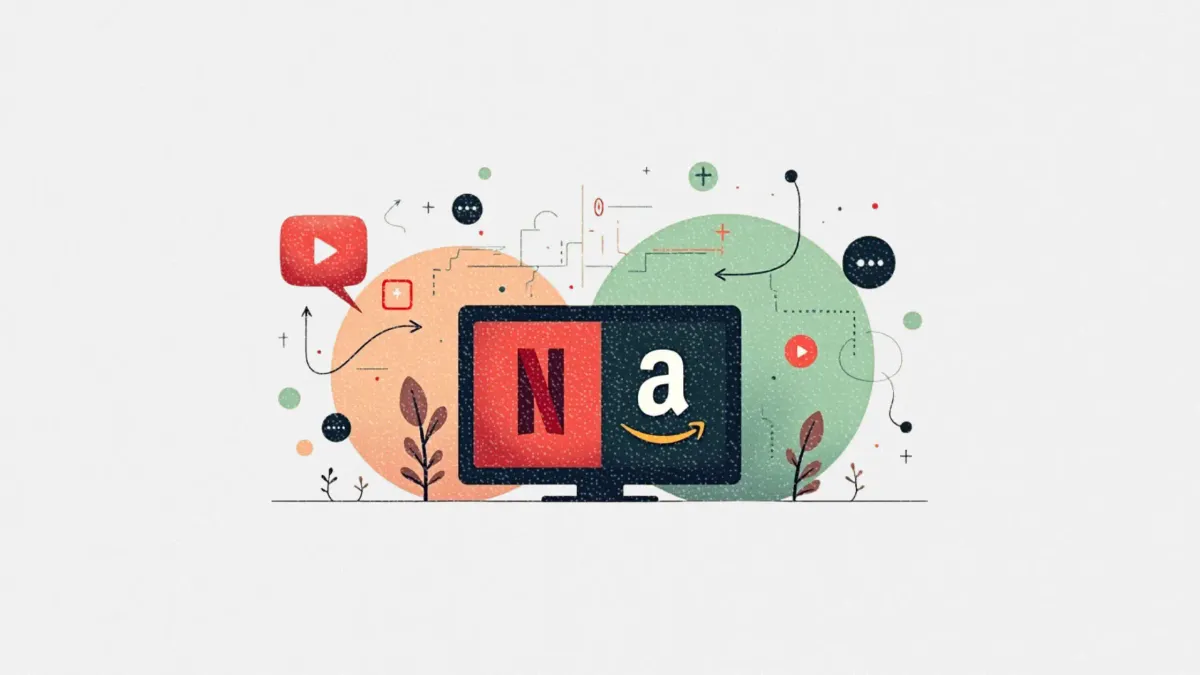Kantar’s 2025 report reveals the media trust gap marketers can’t ignore
Kantar’s latest global study reveals a disconnect between consumer preferences and where marketers spend media dollars

What happens when your ad strategy prioritizes platforms your audience doesn’t actually prefer? That’s the tension playing out in Kantar’s Media Reactions 2025 report, a global study combining insights from nearly 21,000 consumers and 1,000 senior marketers across 30 markets.
At a time when digital ad budgets are under pressure to deliver real results, Kantar’s findings offer a reality check. Marketers are betting big on platforms like TikTok and YouTube, even as consumers rank Amazon, Twitch, and Disney+ higher for relevance and trust.
This article explores the core disconnects, what they mean for your 2026 media mix, and how to align your strategy with both consumer receptivity and real brand impact.
Short on time?
Here’s a table of contents for quick access:
- Marketers trust Netflix, but consumers pick Amazon
- TikTok attracts spend, not preference
- AI, integration, and ad fatigue: what’s changing
- What marketers should do next

Marketers trust Netflix, but consumers pick Amazon
When it comes to trust and preference, Netflix tops the list for marketers. That’s no surprise. Marketers favor platforms where ads feel brand-safe, and Netflix, YouTube, and Disney+ lead in that category.
But consumers don’t see it the same way. Their top five ad-friendly platforms include Amazon, Prime Video, and Twitch, with Amazon taking the top spot for relevance and utility. Three out of the top five spots went to Amazon-owned properties.
There is zero overlap between the top five preferred platforms for consumers and marketers. That matters, especially when 45% of a campaign’s brand impact comes from integrated, multichannel execution.

TikTok attracts spend, not preference
Despite not being a marketer favorite, TikTok is set to receive increased investment from 64% of marketers globally. YouTube and Instagram are not far behind, with over half of marketers also planning to increase their spend.
This is where the contradiction sharpens. Marketers are funneling budgets into platforms based on reach and trendiness, not on where consumers say they prefer to see ads. Meanwhile, X (formerly Twitter) is in free fall. It dropped to -31% net favorability, and was ranked dead last in trust among all media brands for the third year in a row.
The message is clear: marketer confidence in media channels does not always align with consumer comfort or trust.

AI, integration, and ad fatigue
Kantar’s report flags a curious shift. Ad receptivity among consumers is increasing, with 57% now positive toward advertising in general. But marketers themselves are feeling less confident about executing cross-channel campaigns. Only 64% believe they’re integrating effectively across platforms, down from 89% in 2017.
On the AI front, marketers are charging ahead. 70% are already using GenAI tools, largely for efficiency. But 57% of consumers worry about fake or misleading AI-generated ads, highlighting a trust gap that could backfire if not handled transparently.
And while online sponsored events just hit their highest consumer ranking ever (7th overall), traditional offline formats like point-of-sale ads and in-person experiences still dominate consumer preference. The hybrid world is real, but consumers aren’t always where marketers think they are.

What marketers should do next
This disconnect between platforms marketers love and the ones consumers trust is not just a curiosity. It is a strategic blind spot. Here’s how to close the gap before 2026.
1. Rethink your media mix with consumer-first data
Do not over-index on perceived reach or brand prestige. Consumer preference is directly tied to campaign impact, according to Kantar’s LIFT+ database. Platforms like Amazon, Prime Video, and Twitch may not be marketer darlings, but they are where trust and attention live.
2. Prioritize integration across touchpoints
Kantar’s data confirms what many already feel. Disconnected campaigns are a waste of spend. Use fewer hero assets repurposed everywhere. Instead, build platform-native creatives off a unified brief, tailored to each channel’s strengths.
3. Embrace AI, but stay transparent
GenAI is already embedded in marketer workflows, but transparency matters. If AI is part of your creative or customer service experience, make that clear. Consumers are open to innovation, but not deception.

4. Localize for cultural and regional nuance
Ad receptivity varies wildly by market. In APAC, for example, Australia and Singapore remain skeptical, while China and the Philippines are highly receptive. Use local insights, not just global rankings, to tailor your approach.
The media landscape is fragmenting, but consumer receptivity is growing. The challenge now is not just where to spend, but how to match that spend with audience trust, platform suitability, and campaign integration.
The brands that win in 2026 won’t just follow trends. They will map their media choices to real consumer behavior, and use tools like Kantar’s to validate every step of the way.







